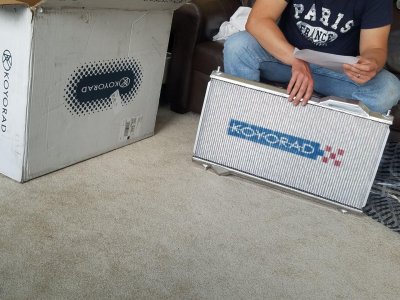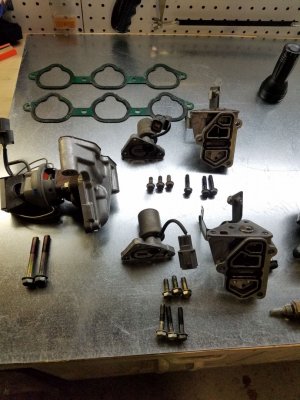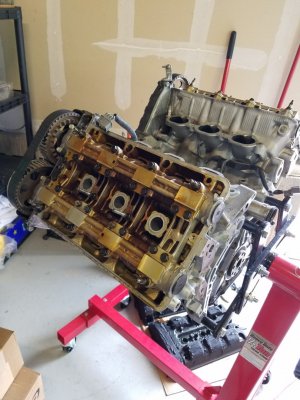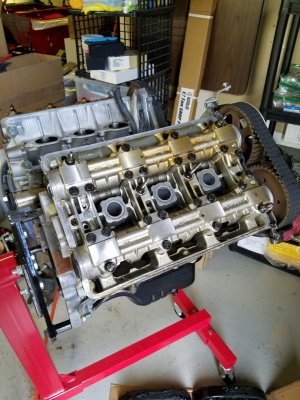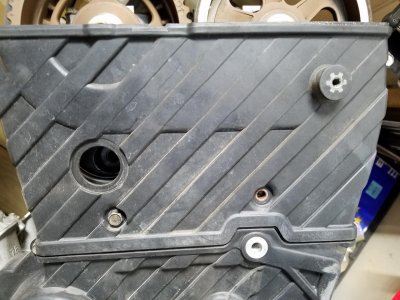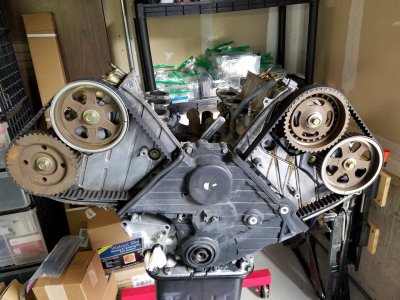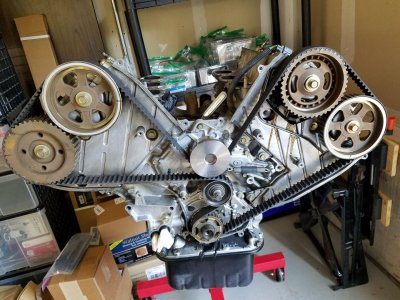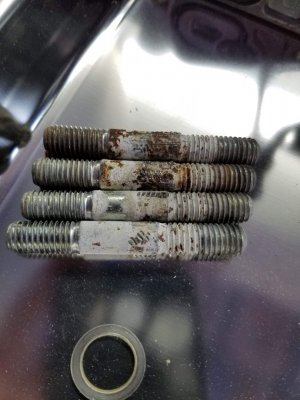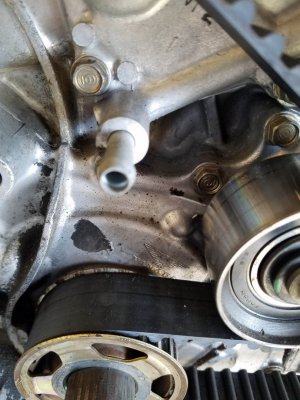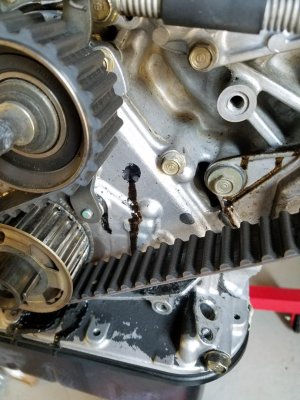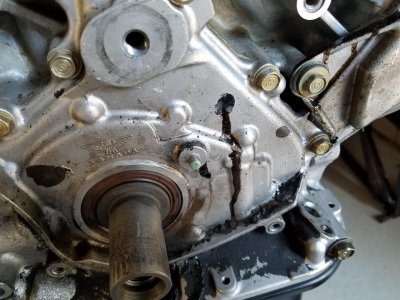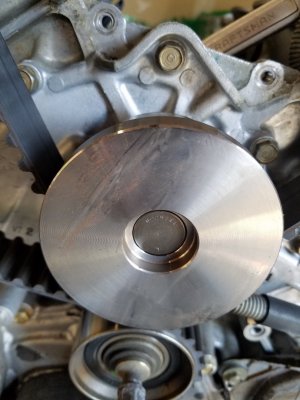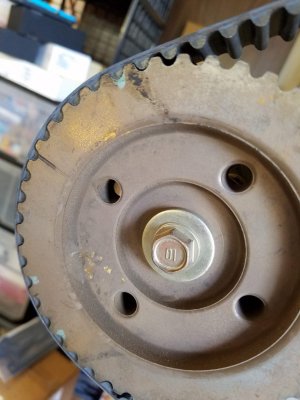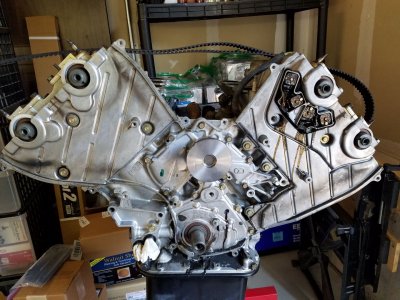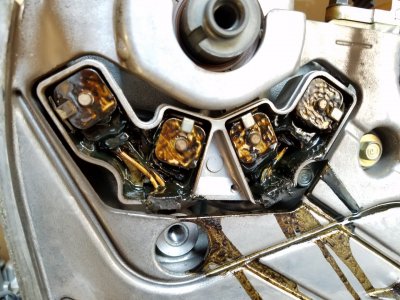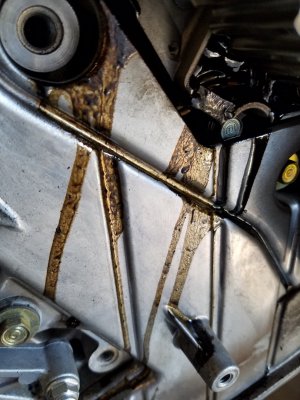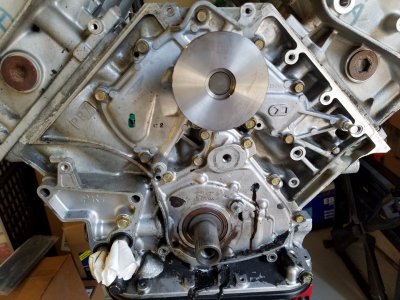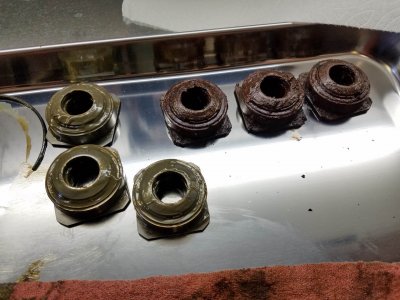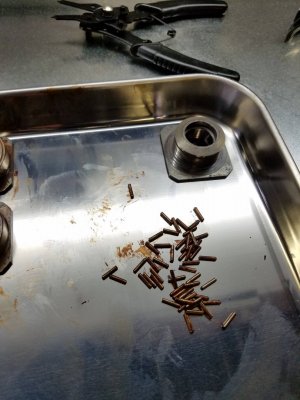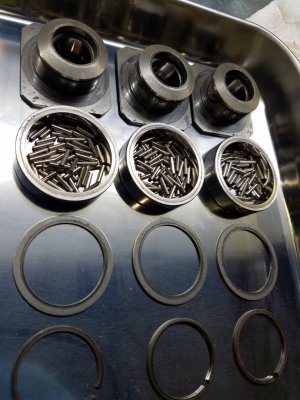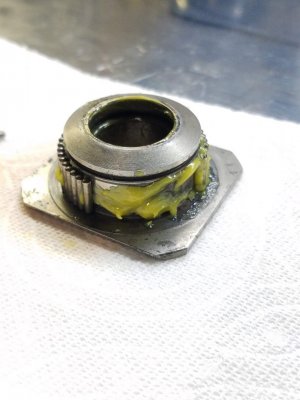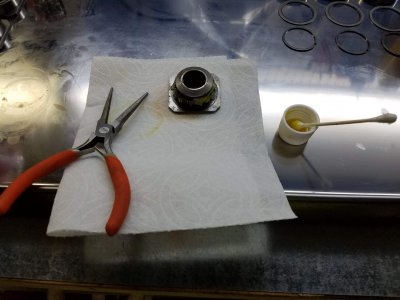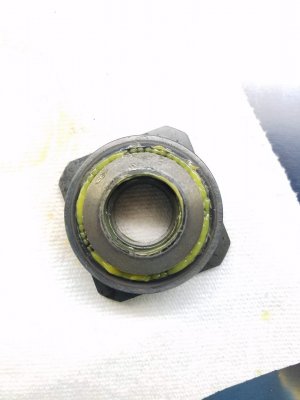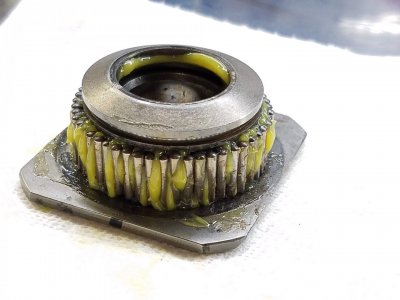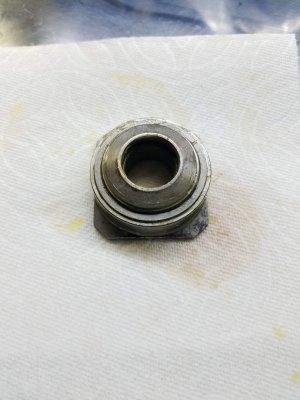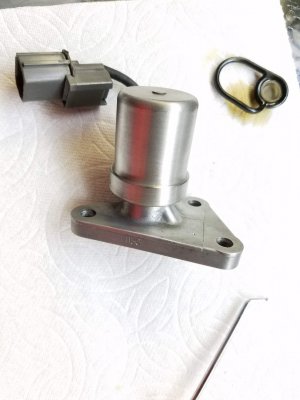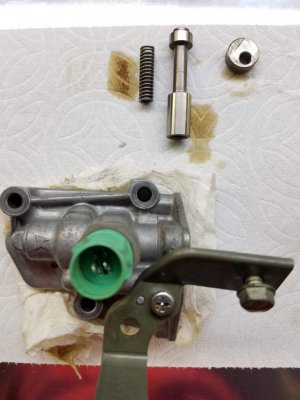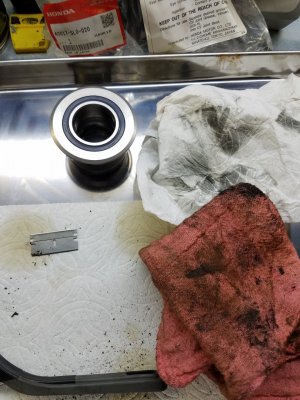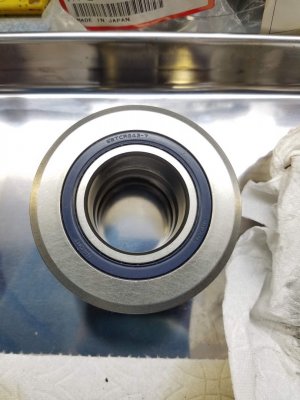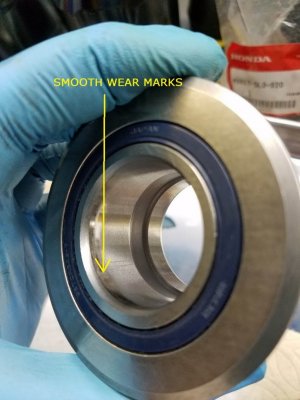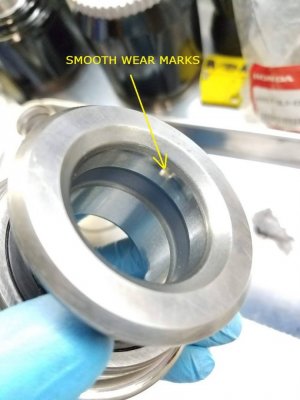Great stuff so far, sorry to hear about the painter situation.
I have my old lower timing cover still sitting around but you'd probably just want the updated one (edit: I realized mine was the updated version, do you want it?). I'll be interested to see what you choose to do for the engine internals. LMAs I assume, and I seem to remember you have Comptech cams? How about valve springs?
I also just ordered all the gaskets for both spool valves, they're the last remaining leakers on my engine

. Runs down the front mount to the oil pan and grubs up everything.
Looking forward to the rest of the engine work, bodywork pics, and when you get to share in the transmission experience ; ). I see you have a shop press, that will make it much easier. If you still haven't dropped the countershaft down from the snap ring groove, you have to open the snap ring much wider than you think and then the shaft should drop on its own.
One other question, I see you used sodium bicarbonate blasting media in the past for the aluminum parts. I will probably do the same in the future since all my parts have this horrible flaking black coating on them, but did you consider using some sort of clear coat sealant to keep them looking good after blasting? Might be more applicable to the bolts/hardware, would blasting those take off the Dacro coating and cause corrosion issues?
